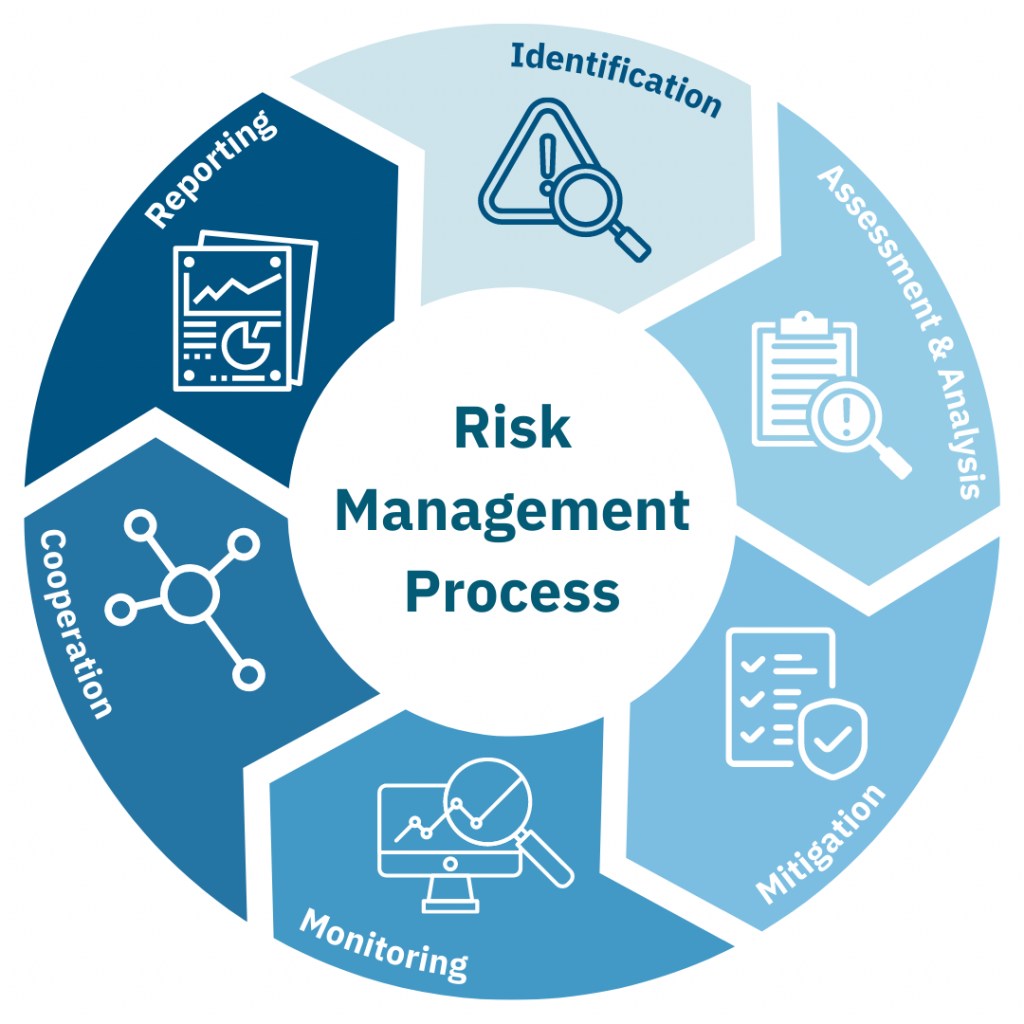Modern organizations accumulate masses of customer data from a wide range of channels. Managing this data most effectively is essential in order to maintaining accuracy and consistency, which in turn supports building trust and confidence with customers. Customer Master Data Management (CMDM) as a strategic discipline, is focused on consolidating and maintaining a comprehensive, reliable view of customer information across an enterprise.
Technology doesn’t have to be, but often is central to CMDM as a practice. The technology is often needed to provide necessary tooling to unify disparate data sources, improve data quality, and support scalable operations. Among these technologies, Customer Data Platforms (CDPs) often play a role, servings as repositories that aggregate customer data from other systems but they’re often focused on serving particular intentions.
Golden Keys
By leveraging a CMDM on the other hand, organizations can develop a unified customer profile that serves as a potential single-source-of-truth or golden-record that can offer the opportunity to derive deeper insights into customer profiles, customer preferences, and potential needs. Such a consolidated view supports more specific and targeted efforts, for sales, support, service marketing, risk and compliance applications. This also enhances customer relations and serves to foster stronger, longer-term customer relationships that drive extended Customer Lifetime Value.
Additionally a Customer MDM can help an organization more easily comply with data privacy regulations by maintaining that single, authoritative source of customer data, which supports simplified customer data governance and audit process support.
Data integration tooling naturally complements by enabling the consolidation of customer information from varied sources, achieving a holistic understanding of customers, allowing organizations to make informed decisions based on accurate and current data.

Data Quality
Ensuring data quality is a key concern within CMDM. Specialized data quality tools are employed to identify and correct inaccuracies, duplicates, and inconsistencies within customer datasets. Maintaining high-quality data enhances the effectiveness of marketing campaigns, sales strategies, service support and customer engagement initiatives, reducing wasted effort and improving overall operational efficiency.

Beyond the technological components, robust data governance frameworks are essential to protect the integrity, security, and privacy of customer data. These frameworks establish clear policies, processes, and controls designed to mitigate risks associated with data breaches—whether accidental or deliberate. Effective governance not only reduces the risk of data leakage but also reinforces customer trust by demonstrating a commitment to responsible data stewardship, particularly when customers can curate their own data and provide you with the best data quality and simultaneously give their consent.
Modern CMDM solutions also incorporate federated data management techniques to support scalability and performance. Federated data management allows an organization to manage customer data across multiple systems and geographic locations without sacrificing data consistency or accessibility. This approach enables real-time data syndication, ensuring that customer information remains synchronized and up-to-date across all customer touchpoints and establishes the concept of a customer master data hub.

Cloud-based CMDM platforms further enhance scalability by providing flexible resources that can accommodate growing data volumes and user demands. This flexibility ensures that performance remains stable as customer data expands, supporting responsive customer interactions and timely decision-making.
Performance optimization in CMDM is achieved through a multi-tiered architecture with on-demand compute resources that support advanced data processing technologies that reduce latency and improve data update and retrieval speeds. Faster access to accurate customer data enables organizations to respond promptly to customer needs and condition changes, thereby improving service quality and operational agility.

Reducing the risk of data leakage is a critical priority addressed by CMDM technologies. Organizations are able to implement stringent access controls, encryption, and continuous monitoring to safeguard sensitive customer information. These security measures protect against both intentional breaches and accidental exposures, minimizing potential harm to customers and the organization’s reputation.
Technology underpins the most effective Customer Master Data Management at scale, by enabling any organization to create a unified, accurate, and comprehensive view of customer data.
Through the deployment of advanced platforms and tools like the Pretectum Customer MDM, organizations get the benefit of customer data unification with the potentials of the customer 360 degree view, data integration, data quality and data syndication with consent management all in one system. —businesses can improve data accuracy, ensure regulatory compliance, enhance customer experiences, and reduce risks related to data security.
Coupled with strong data governance practices, the technological capabilities of Pretectum CMDM support operational scalability and performance while building the trust and confidence that customers place in an organization. This integrated approach to customer master data management is essential for organizations aiming to leverage their customer data as a strategic asset in a complex and evolving digital landscape.
Contact us to learn more #LoyaltyIsUpForGrabs


